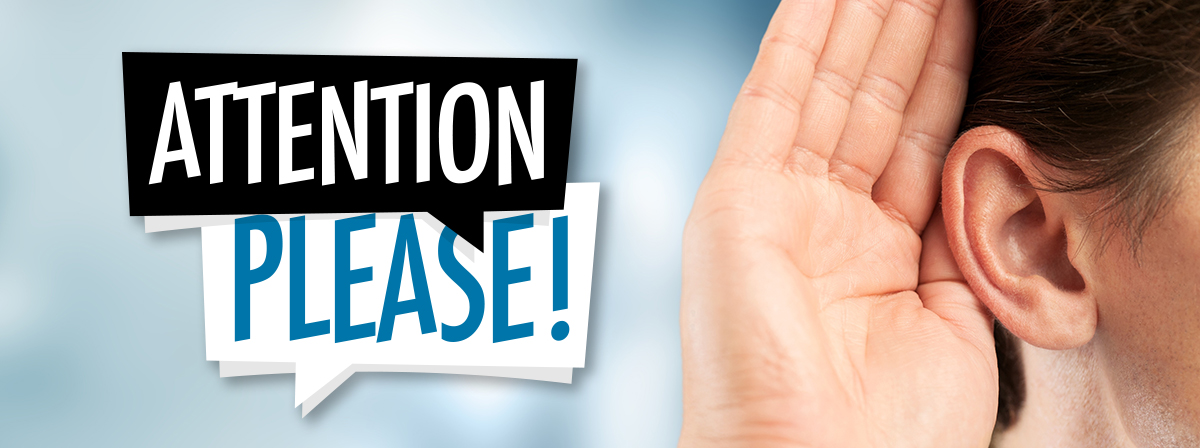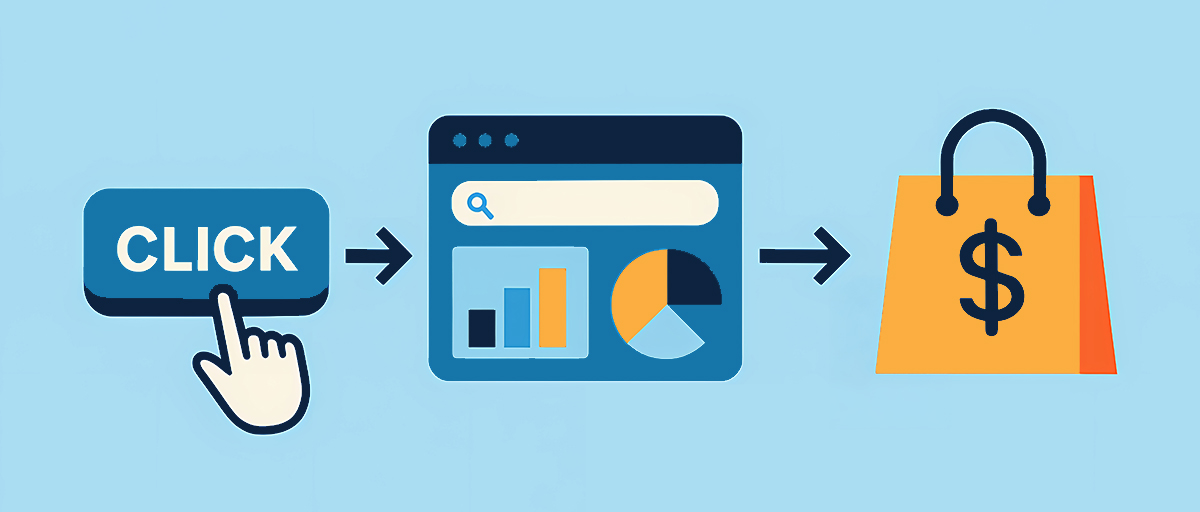Why Your B2B Marketing is Boring. . . and What to Do Instead

Let me tell you a story about how a blog article created over $3M in sales.
Years ago, we ran a digital campaign for a niche manufacturer who made high-end products used by big companies in the manufacturing industry. Their product wasn’t sexy. But it solved a real pain point in the engineering process for a very specific industry.
One day, an executive at a big 3 auto company stumbled across one of their blog posts—yep, just an informative article about a specific pain point in the automotive manufacturing process.
Fast forward three months, and they were in active discussions with their procurement team. That first quote request that came from the blog article eventually resulted in several high 6 and 7 figure deals.
The kicker? That blog post wasn’t even “B2B” in the traditional sense. No corporate jargon. No enterprise buyer personas. Just real insights, written clearly, with a compelling headline and a strategic CTA.
So let’s bust the myth right now: B2B and B2C marketing aren’t opposites. They’re two sides of the same coin—both trying to do the same thing:
- Get attention.
- Build trust.
- Drive action.
Yes, there are tactical differences. But the underlying strategy? Almost identical.

The Shared Core: Grabbing Attention and Building Trust that Inspires Action
In both B2C and B2B, the first job of your marketing is to cut through the noise. That’s why our Peak 10 Modular Marketing System starts with what we call Engineering Your Sales Argument — and building the emotional trigger that makes someone stop scrolling and say, “Wait… what’s this?”
We’ve helped B2B manufacturers land meetings with SpaceX, Ford, and even the Department of Defense using the same core methods we use to help B2C companies sell $2K heat treating ovens to glass artists or $5K industrial power solutions to machine shop operators.
The difference isn't the strategy. It's the story that captures the attention of the customer.
Even if your business is 100% B2B, you’re not selling to a company. You’re selling to a person—usually one who’s busy, skeptical, and bombarded by other options.
And whether that person is shopping for a $2,000 home product or responsible for a $750,000 line-item purchase, the decision starts the same way:
"Do I trust this company enough to take the next step and learn more?"
That’s a human question. Not a corporate one.
What’s Actually Different in B2B?
Sure, there are differences—and they matter.
Here are a few:
- Sales cycles are longer. You’re courting buying committees, not impulse buyers.
- There’s more friction. B2B buyers are spending someone else’s money, so the risk is higher.
- There’s more follow-up. Sales enablement content—case studies, demos, spec sheets—needs to be dialed in and easily accessible.
But here’s the twist:
In many cases, that first touchpoint still happens just like in B2C. Someone sees an ad on Google, or a short video on Meta. A LinkedIn post. A how-to article.
We’ve seen B2B companies land 6 & 7 figure deals from Google Ads and blog posts on Facebook.
No cold calls. No trade shows. Just smart, helpful, well-positioned marketing designed for humans first.
The Danger of Over-Segmentation
One of the biggest mistakes we see companies make—especially manufacturers—is thinking they need a whole different playbook to market to B2B.
They slap a navy-blue color palette on the site, fill it with dense paragraphs and industry buzzwords, and call it “professional.”
But being “professional” isn’t the goal.
Persuasiveness is the goal.
Memorable is the goal.
Actionable is the goal.
If your message doesn’t spark curiosity or signal value in under five seconds, it doesn’t matter how many decision-makers are involved—no one’s getting to step two.

So What Should You Do?
Whether you’re selling to consumers or corporations, here’s what actually works:
- Clarify your message. Make it simple. Make it powerful. Make it impossible to ignore.
- Lead with value. Offer insight, education, or a new perspective—not a sales pitch.
- Use emotional leverage. Even B2B buyers have fear, pride, urgency, and ambition. Speak to it.
- Make the next step stupid simple. A clear CTA—demo, quote, sample, conversation—is your bridge to the sale.
At Peak 10 Marketing, we use our Modular Marketing System to bridge the gap between branding, lead gen, and real revenue—no matter the buyer type. Because it’s not about B2B or B2C.
It’s about H2H—human to human.
Need help aligning your marketing with how real people actually buy?

Let’s talk. We specialize in helping manufacturers grow faster by turning clicks into conversations—and conversations into contracts.
Related Resources
Learn More About the Future of Digital Marketing
The future belongs to those who build it. Discover how to engineer marketing systems that perform as precisely as your production line.




